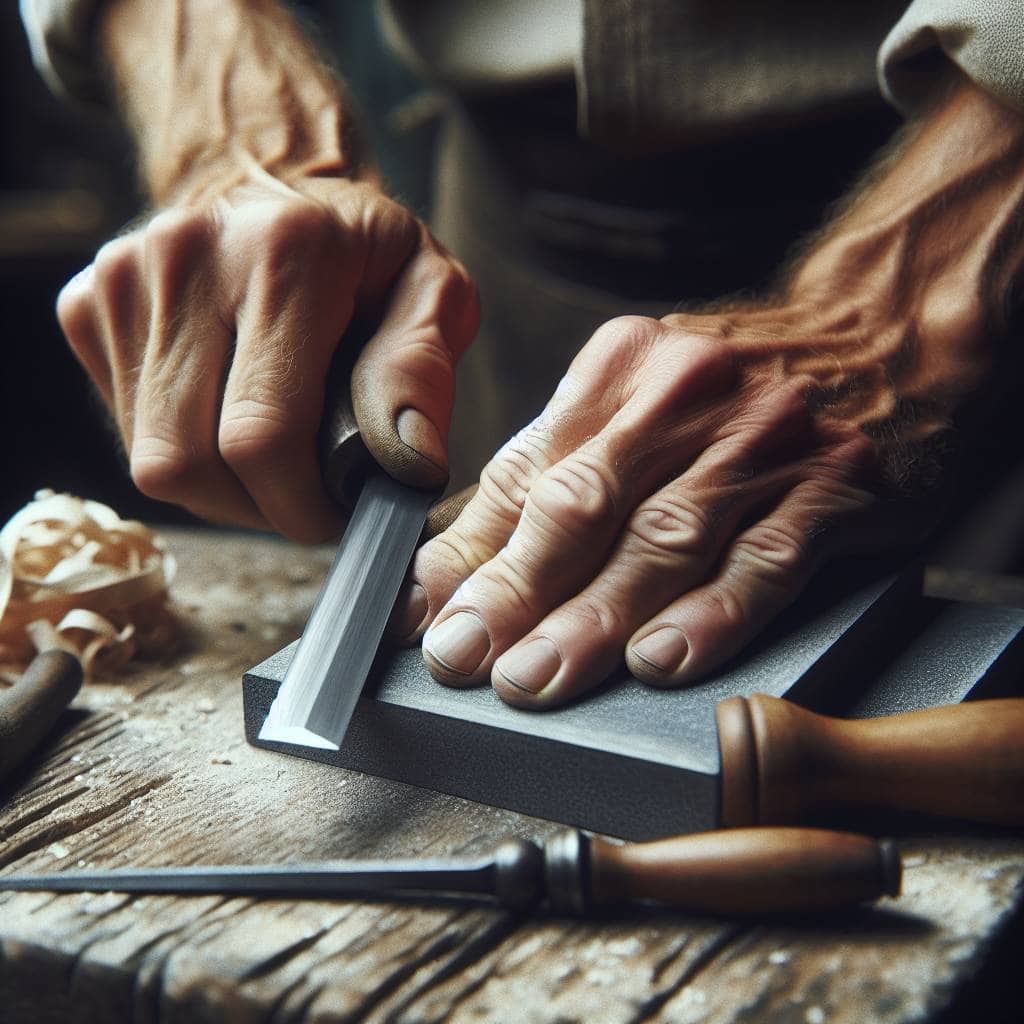I remember the first time I tried to sharpen a chisel. I was seventeen and stubborn, armed with confidence and zero idea of what I was doing. I thought I could just wing it, like tuning a carburetor by ear. But as I sat there, the chisel slipping on the stone like a fish on a mudslide, I realized this was a different beast altogether. My tools were more blunt than a hammer to the thumb, and it dawned on me that maybe, just maybe, you can’t rely on instinct alone. You need a plan, a method, and perhaps a bit of humility to admit that sometimes, you just don’t know what you don’t know.

But here’s the good news. If you’ve ever felt that same sense of bewilderment, you’re in the right place. We’re diving into the nitty-gritty of sharpening those trusty chisels, planes, and knives. No jargon, no fluff—just a straight talk about stones, angles, and the kind of patience that turns dull edges into precise instruments. So grab your favorite blunt object and let’s get it back to its former glory.
Table of Contents
The Great Chisel Debacle: When a Stone Became My Best Friend
Picture this: It’s a crisp Saturday morning, and I’m ready to tackle that stubborn piece of oak that’s been eyeing me from the corner of the workshop. Armed with my trusty chisel, I dive in, only to find it’s as sharp as a spoon. Frustration bubbles up like a pot on the verge of boiling over. That’s when I knew it was time for the Great Chisel Debacle—a showdown between me, my chisel, and the unassuming stone that would soon become my best friend.
Now, if you’re anything like me, you’ve probably danced this tango with your hand tools before. You see, sharpening isn’t just a task; it’s a ritual. It’s about feeling the rhythm between steel and stone, like a craftsman’s symphony. I remember the first time I truly understood this. I was hunched over my workbench, stone in one hand, chisel in the other, and it clicked. The stone wasn’t just some inanimate object; it was a mentor, whispering secrets of angles and pressure, guiding me to that sweet spot where metal meets its match. And when that chisel finally glided through wood like butter on a summer day, I knew I’d found a lifelong companion.
But don’t be fooled—this isn’t a one-time gig. Keeping your tools sharp is like keeping a friendship alive; it requires attention, a sprinkle of patience, and the willingness to learn. Whether it’s chisels, planes, or knives, each has its quirks. And that stone? It’s your confidante. It’ll teach you things no manual ever could. So next time you find yourself wrestling with a dull edge, remember: the stone’s got your back. Embrace the dance, and let your tools sing their true song.
The Edge of Understanding
A sharp tool isn’t just ready for work; it’s an extension of intent. When you hone a blade, you’re not just refining steel; you’re fine-tuning your own focus.
The Edge of Understanding
There’s something oddly meditative about the whole process, a dance between metal and stone that’s as old as time itself. As I stand there, chisel in hand, stone beneath me, it dawns on me that sharpening isn’t just about the tools. It’s about honing your own patience and discovering the art of listening—to the subtle scrape of metal against grit, to the whisper of a blade regaining its edge. It’s a quiet conversation where every stroke matters, where every turn of the stone is a chance to learn something new, not just about the tool, but about myself.
So, when I lay that chisel down, glinting in its renewed sharpness, I’m reminded that life’s much the same. It’s easy to let things dull over time, let the routine wear you down until you’re carving through the days without purpose. But if there’s one thing I’ve learned from my time with these tools, it’s that every now and then, you gotta stop and sharpen your own edge. Because, like a well-tuned engine or a finely honed blade, we’re all just a few careful adjustments away from hitting our stride.